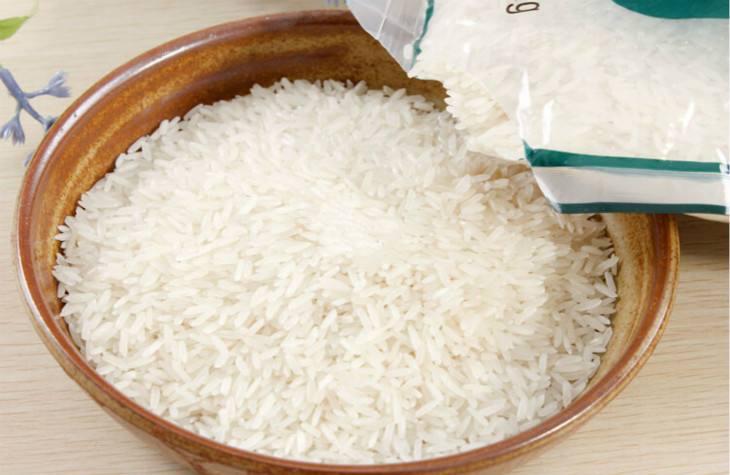CHANGSHA, April 28 (Xinhua) -- Standing on the ridge of rice paddies with a hoe on his shoulder, farmer Xie Xiping breathed a sigh of relief. "The paddy fields finally began to grow double-cropping rice after 20 years."
Xie's hometown, the village of Changan in central China's Hunan Province, planted double-cropping rice on its 120 hectares of arable land 20 years ago.
However, as the income from rice farming continued to decline, a large number of young and middle-aged villagers left to work in cities, and the elderly left behind switched to single-cropping rice due to the shortage of laborers.
In Hunan, a major rice producer in China, farmers planted double-cropping rice in most plain areas and even mountain areas with relatively poor farming conditions, to ensure stable grain yields.
However, with the rice-planting cost rising and the market price of rice dropping in recent years, more and more mountains switched to grow single-cropping rice. In Hunan's Dongting Lake plain, one of China's major commodity grain production bases, large areas of fertile land were used for crayfish farming for a better income.
Nationwide, the country also saw a falling planting area of double-cropping rice. In March, according to figures released by China's Ministry of Agriculture and Rural Affairs, the planting area of double-cropping rice in 2019 was about 9.3 million hectares, down about 2.3 million hectares compared to 2012.
Rice is a staple food in China, whose total grain output consists of three parts -- early rice, summer grain and autumn production. Autumn grain crops, which include corn and middle- and late-season rice, account for the bulk of the grain production.
To ensure grain supply, major grain-producing provinces in China, including Hunan, are speeding up efforts to curb the decline in the planting area of double-cropping rice, which accounts for nearly one-third of the country's total rice-planting area.
Hunan first worked on the provision of high-quality early rice seedlings for farmers.
"The seedling raising work of early rice is troublesome because it's labor-intensive. The unstable temperature in spring will also reduce the survival rate of rice seedlings," said Wu Jianjun, a senior agronomist in Huarong County. "Therefore, many farmers gave up planting early rice in the past."
To solve the problem of rice seedlings, the local government entrusted professionals to raise rice seedlings and built seedling raising greenhouses and intelligent plants, in an effort to reduce farmers' financial and labor burdens.
It also promoted the use of agricultural machines to help farmers with scattering and transplanting seedlings.
"We were given subsidies to purchase agricultural machinery, which saves us a lot of time and manpower in our farm work," said Zeng Dekong, a rice farmer in the township of Wanyu in Huarong.
In addition, Hunan sent more than 11,000 agricultural and technical cadres to rice paddies to provide guidance for farmers in rice planting.
The efforts have paid off. The latest statistics from the provincial agriculture and rural affairs department showed that the planting area of early rice in Hunan has so far increased to about 1.22 million hectares.
In Xie's village, the 120 hectares of fertile land has been entrusted to farmers in neighboring villages to plant double-cropping rice.
"For us farmers, self-sufficiency is the most reassuring thing," Xie smiled. Enditem




 A single purchase
A single purchase









